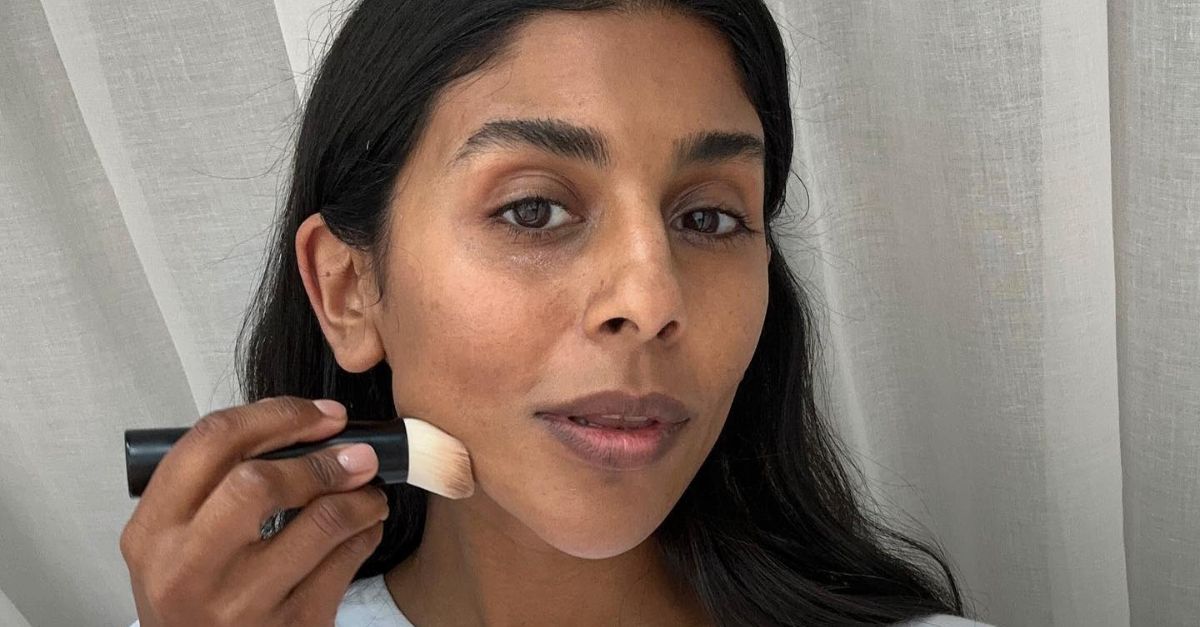Without A Doubt, These Are the Best Full Coverage Foundations
According to Hart, skin prep is essential to full coverage foundation looking the best it can, so take the time to focus on your skincare before you even pick up your makeup bag. “Hydration is key so always start with a rich moisturiser,” she advises. “Ideally one that has some glowing skin properties.” If you’re not overly concerned about oil-control, then she recommends skipping primer and just sticking with moisturiser.
To apply your foundation, Hart says one of the most foolproof techniques is to use both a brush and a sponge. “You can use a traditional, flat-bristled foundation brush to distribute the product, and then use a damp makeup sponge to press it into the skin,” she explains. “However, my favourite way to apply a full coverage foundation is with a duo-fibre brush. It’s a little bit more dense, but still quite fluffy. I use this in a tapping motion, almost as you would a sponge.”
“Using fingers is a messy technique but it is one of the best ways to apply foundation,” she adds. “However, with full coverage formulas especially, I would always finish off by bouncing over with a sponge just to even out the coverage and make sure the product is pressed into skin.”
When it comes to choosing a formula, Hart advises looking for foundations with creamy textures. “With cream foundations you can build up the layers of coverage and they also layer beautifully with other cream makeup products,” she explains. “Creams give you a bit of flexibility and freedom in being able to manipulate your makeup—and if you want a matte finish, you can set them with a translucent powder.”
“I prefer foundations that are full coverage to feel quite breathable and not clogging or cakey,” she adds. “Remember that thicker isn’t always better. Lighter feeling foundations can have the same pigment and coverage, and you’ll still get that doll-like skin really efficiently, easily, and quickly.”
For all the latest fasion News Click Here

